Pushing for higher numbers at the sake of accuracy is bound to create problems
A glossy report created by the NFL’s Washington Redskins isn’t having the desired effect of seeding goodwill for the organization thanks to the muddled metrics included within. The report, created with the help of media monitoring services Meltwater and TVEyes and obtained by the Richmond Times-Dispatch, states there were “7,845,460,401 unique visitors of print/online coverage of the 2014 Bon Secours Washington Redskins Training Camp from July 24-Aug. 12.” That’s a staggering number, especially considering that the entire population of earth is estimated at around 7.26 billion people.
The Redskins are being heavily scrutinized by Richmond, VA locals after promises that bringing the team’s training camp would bring revenue to the area fell flat, and while we’re certain a desire to show a return on investment drove the search for impressive numbers to show everyone, they went too far.
Although Meltwater has stated that “unique visitors” should have instead been “impressions”, the definition of impressions Meltwater Corporate Communications Expert Riana Dadlani shared with SBNation’s James Dator seems to be constructed to return outrageously high numbers:
Impressions/Potential viewership/Reach: Impressions/potential viewership/reach is calculated by taking the reach figure of the media outlet from comScore multiplied by the number of articles matched from that media outlet for a search query/agent. For example, Yahoo Finance has a reach of 100M viewers. If five articles were collected from Yahoo Finance then the impressions/potential viewership is 500M (i.e. 5 x 100M).
This is essentially passing on the notion that any time a story could conceivably have been read by someone counts as an impression, glossing over the fact that the vast majority of these people never noticed they saw a piece about the camp.
Analytics can be a major help to campaigns when used in sync with and to evaluate the effectiveness of your efforts. Problem is, the constant push for ROI today means more and more often they become a tool to prove results, whether the results are actually there or not. For both businesses and B2B services of all kinds, putting out bad stats is a quick way to damage reputation. Find legitimate ways to show value, or determine why you failed and how to improve, because tweaking formulas to ensure they only show what you’d like is an easy way to drag your own good name through the mud.
——————————-
For more resources, see the Free Management Library topic: Crisis Management
——————————-
[Jonathan Bernstein is president of Bernstein Crisis Management, Inc., an international crisis management consultancy, author of Manager’s Guide to Crisis Management and Keeping the Wolves at Bay – Media Training. Erik Bernstein is vice president for the firm, and also editor of its newsletter, Crisis Manager]
– See more at: https://staging.management.org/blogs/crisis-management/2015/07/30/crisis-management-advice-keeping-your-food-safe/#sthash.FHfQiaqc.dpuf














